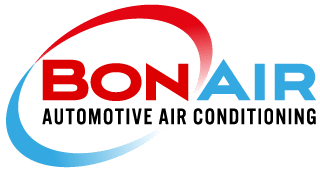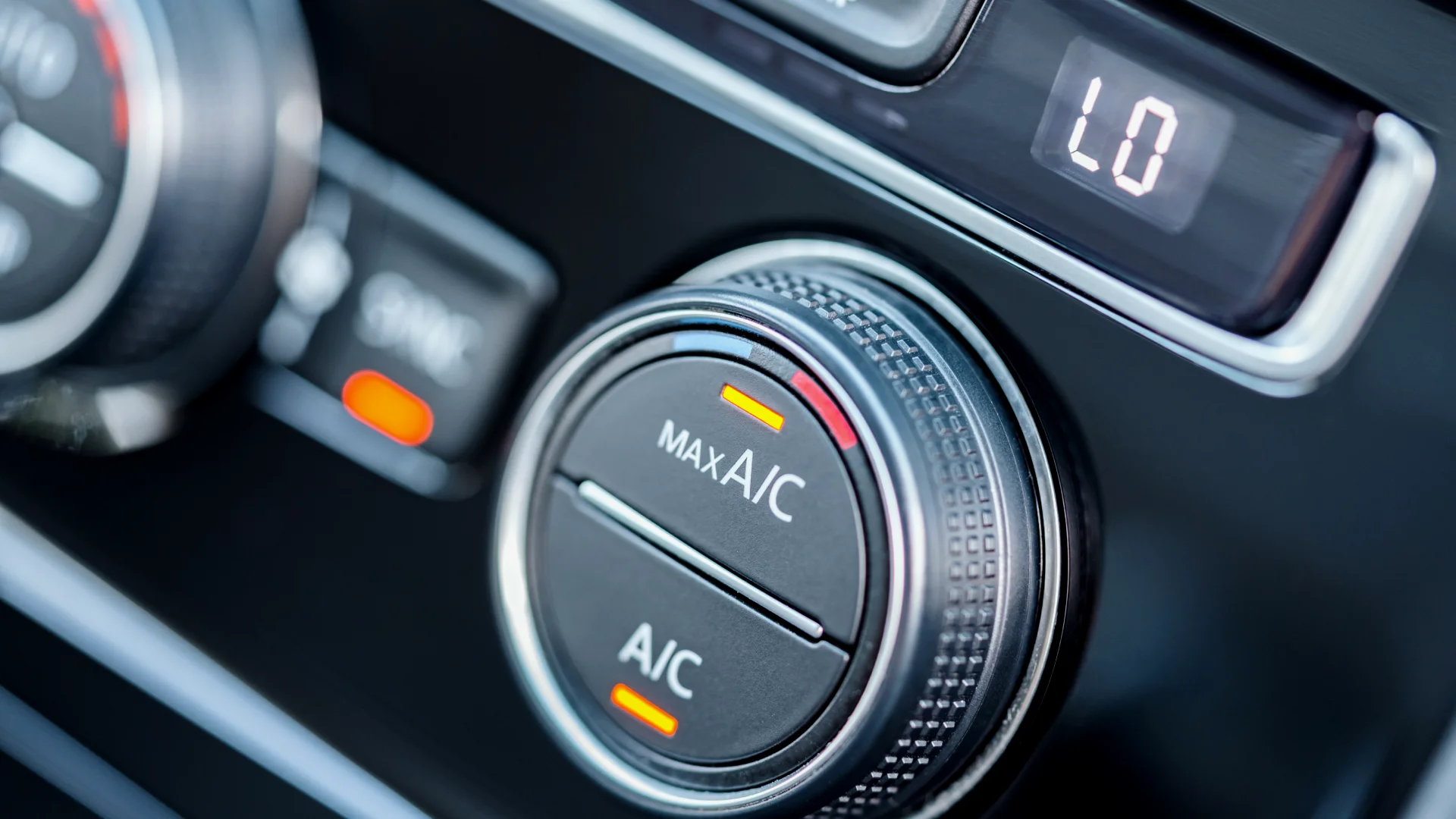Car air conditioning is a convenient and essential feature that keeps us cool and comfortable while driving. However, there are several misconceptions surrounding car air conditioning systems that can lead to confusion and misinformation.
In this blog post, we will debunk some common myths about car air conditioning to help you understand how these systems work and how to optimise their performance.
Myth 1:
Running the Air Conditioning Uses More Fuel

It is a common belief that running the car air conditioning consumes more fuel, thus reducing fuel efficiency. However, with advancements in automotive technology, this myth is no longer true.
Modern cars are designed to minimise the impact of air conditioning on fuel consumption. While it is true that air conditioning does use some energy from the engine, the difference in fuel consumption is negligible, especially at higher speeds.
It is more important to focus on maintaining your vehicle’s overall efficiency through regular maintenance, such as tire pressure checks and engine tune-ups.
Myth 2:
Turning off the Air Conditioning Improves Engine Performance

Another prevailing myth is that turning off the air conditioning while driving improves the car’s overall performance.
While it is true that reducing the load on the engine can improve acceleration and power output, the impact of turning off the air conditioning is minimal.
In modern vehicles, the engine and air conditioning system are designed to work together efficiently. If you prefer to conserve power, using the air conditioning in moderation or adjusting the temperature settings slightly higher can help strike a balance between comfort and performance.
Myth 3:
It is Harmful to Start the Car with the Air Conditioning On

Many people believe that starting the car with the air conditioning already turned on puts extra strain on the engine and electrical system. However, starting your car with the air conditioning on does not cause any harm.
Modern car electrical systems are designed to handle the initial surge of power required by the air conditioning system when the engine starts.
If you are concerned about fuel efficiency, you may choose to wait a minute or two before turning on the air conditioning after starting the car to allow the engine to warm up slightly.
Myth 4:
It is Best to Set the Air Conditioning to the Lowest Temperature for Quick

Contrary to popular belief, setting the air conditioning to the lowest temperature setting does not cool your car faster. The air conditioning system works by removing heat from the cabin and cooling the air.
It operates at a relatively constant rate, regardless of the temperature setting. Setting the temperature too low may cause the system to work harder than necessary, leading to unnecessary energy consumption and potential strain on the system.
Instead, it is recommended to set the air conditioning to a comfortable temperature and allow the system to gradually cool the cabin.
Conclusion:
Understanding the truth behind common myths about car air conditioning is essential for optimising its performance and efficiency. Running the air conditioning does not significantly impact fuel consumption, and turning it off does not drastically improve engine performance.
Starting the car with the air conditioning on is not harmful, and setting the temperature to the lowest level does not cool your car faster.
By dispelling these myths, you can enjoy a comfortable and cool driving experience while maximising your vehicle’s efficiency. Remember to maintain regular air conditioning system inspections and service to keep it in optimal condition.







